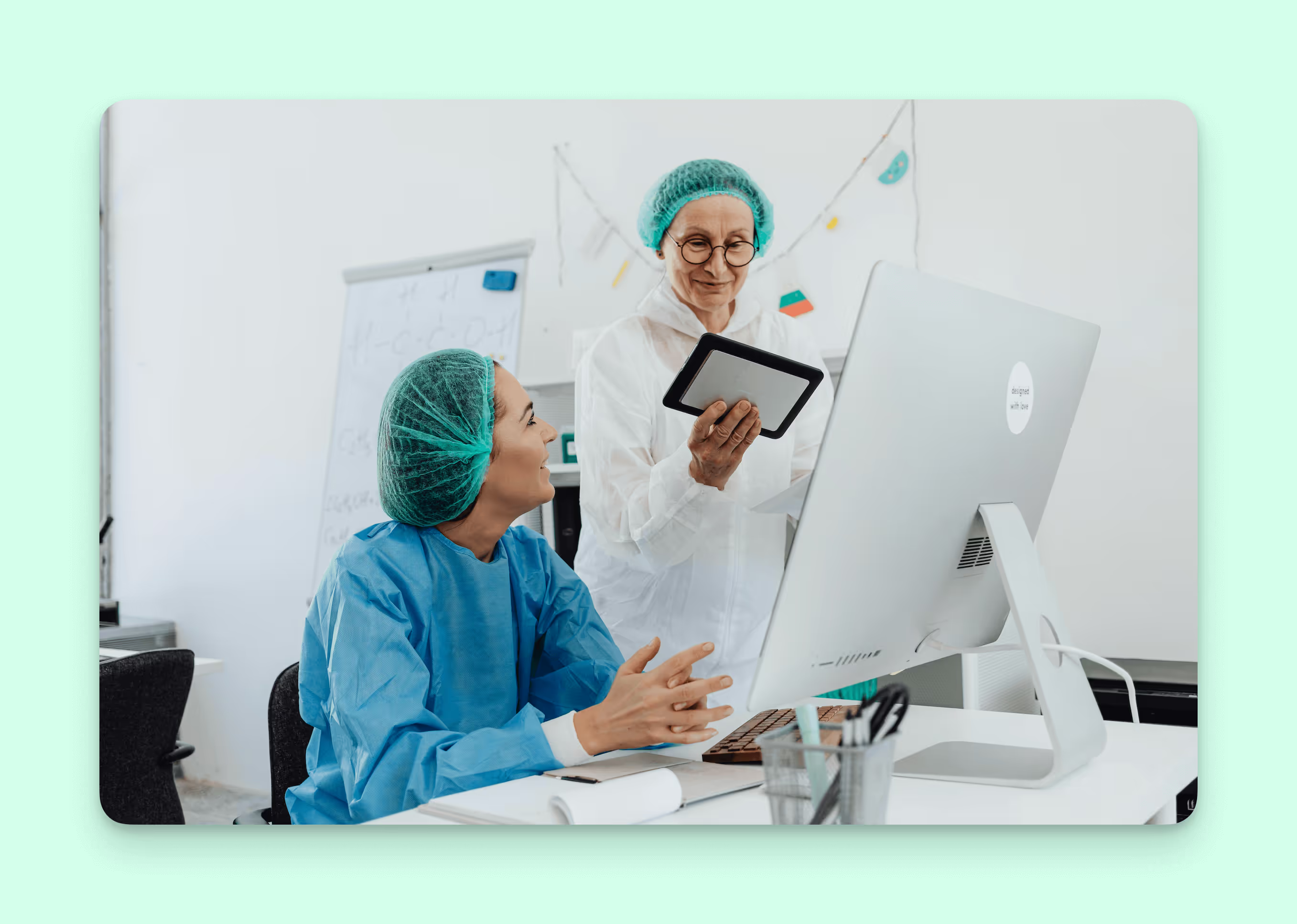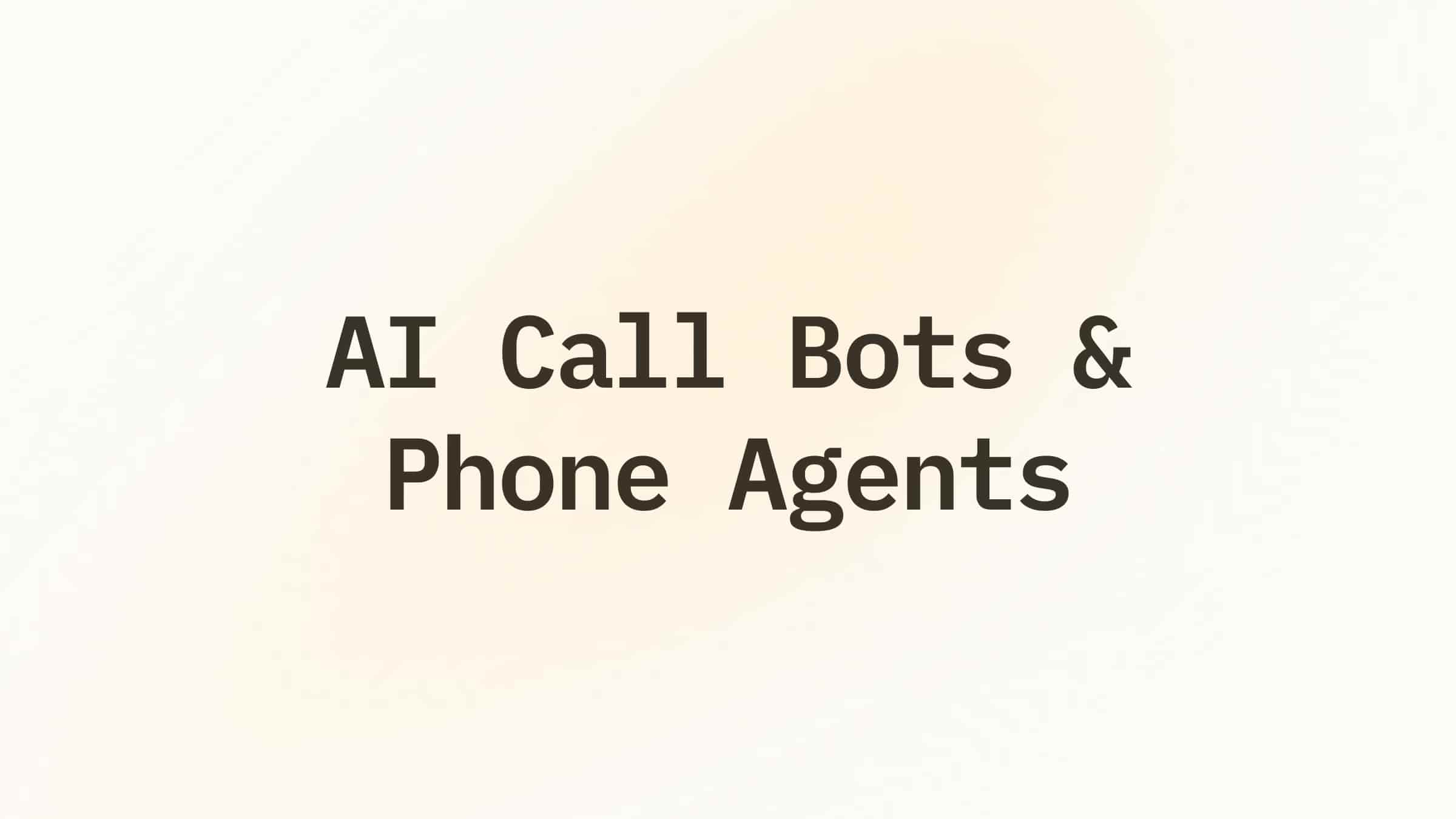It’s 2024, and you’re still taking patient notes by hand? We know that as a medical practitioner, jotting down things like SOAP notes is pretty much half your job.
The good news is that dictation technology and AI continue to make forward strides, which means the note-taking process is faster and more accurate than ever before.
The takeaway? You may not need to have that pen and notepad handy anymore. Unless you like doodling between your consultations, which is totally fine.
In this article, we’ll take a look at:
- What is medical dictation (and transcription)?
- What are the main benefits?
- How you can run an effective transcription process
- Your options — and why AI is such a game-changer
Let’s get started!

What is medical dictation, and what does medical transcription have to do with it?
Medical dictation refers to the process by which a physician records the details of a patient visit or procedure via an assistant (such as a clinical scribe), or specialized voice recognition software.
Whether through the lo-fi or high-tech approach, the doc’s spoken words are then transcribed into text that can be added to the patient's medical record. As a result, medical dictation allows doctors to “capture” the details of a patient encounter.
Medical dictation is closely linked to medical transcription, a vital and complimentary process where a healthcare professionals' dictated speech is converted into written text.
Transcriptionists, whether human or virtual, play a pivotal role in the accuracy and organization of medical records, making sure that the relevant information is accurately reflected in patients' files.
An AI-based dictation/transcription combination saves physicians up to 2 hours/day which they would otherwise spend on documentation. This grants them more time for patient care.
For instance, they usually have to plug consultation details into the EHR (Electronic Health Record) system themselves, which newer, automated systems can instead do for them.
Additionally, dictation allows doctors to talk freely in a conversational tone using medical terminology and shorthand. A competent dictation system or assistant will translate their audio into an organized report.
Not surprisingly, many doctors find that dictating a patient note right after an exam leads to more comprehensive and accurate documentation, given that the details of the visit are still fresh in their minds. A study in the Journal of Family Medicine showed that immediate dictation led to a 28% reduction in missing clinical features compared to traditional note-taking.
Why is medical dictation and transcription so important?
It should go without saying, but creating accurate and detailed medical records is essential for providing the best care to patients.
As a medical pro, your notes from previous visits and procedures help you make informed decisions about diagnoses and treatment plans.
Mistakes in these notes, though, could lead to serious medical mistakes and worsened patient outcomes.
Here’s how you can avoid those potential no-no scenarios:
Context: consultations don’t happen in a vacuum
Notes give adequate context about the patient, their condition, and your recommendations to produce the most coherent notes.
For example, “74-year-old male with type 2 diabetes presented with complaints of frequent urination and increased thirst. I advised the patient to monitor blood glucose levels and follow up with an endocrinologist in 3-4 weeks.”
The more background and context you provide, the easier it is to understand the whole clinical picture.
They provide a window into your diagnosis and treatment plan
Notes walk readers through how you reached your diagnosis and logically share your recommended treatment plan.
They help you discuss needed follow-ups, referrals to specialists, or lifestyle changes suggested for the patient as part of disease prevention or mitigation strategies.
You’re legally required, anyway
Medical practices must keep records that are complete and accurate to meet legal and regulatory requirements.
As such, dictated notes provide an official account of a patient’s condition and the services you’ve provided for them. They serve as tangible evidence of the care given.
And of course, in the case of an audit, you’ve also got a thorough backup of what you did — and didn’t — do. Forewarned is forearmed, as they say.
Improved care management
What is medical dictation if not a full picture of a patient’s health over time? Having this allows you to make better-informed care decisions.
Thorough notes allow you to track symptoms over time, recognize patterns, and monitor how patients respond to different treatments.
The result? Better care, better outcomes, better everything.
Say it clearly, one more time
Dictating detailed notes ensures important information is conveyed properly and prevents confusion or mess-ups.
This is why transcriptions are so important — because you couldn’t possibly convey all of the details of what’s going on in a consultation without resorting to significant shorthand. Add that up to 20-30 patients on a good day, and the potential for mistakes increases.
In addition, comprehensive medical dictation and transcription allow you to clearly communicate with other physicians and healthcare providers about a patient's medical history and current health status.
{{templates}}
What are your options?
When it comes to medical dictation and transcription, you have several options: from the old-school, DIY analog style, to high-tech solutions that will have you thinking “That’s a real thing already?”
Here are your options, in order of increasing effectiveness:
- Taking down notes yourself.
- Dictating while a medical transcriptionist does the writing. Many consultations and facilities have in-house medical transcriptionists. On the other hand, some may choose to bring in independent transcriptionists to perform this service.
- Use an over-the-phone transcription service — for those who really want to feel like it’s still 1982 (rotary phone not included).
- Outsourcing transcription to third-party online services. Frequently, these use some form of auto-transcription services.
- Using a digital recorder. Some have foot pedals available, for those who want to get their groove on while they dictate.
- Using voice recognition software to take down semi-accurate notes — although it may not be fine-tuned to understand specialized medical technology.
- Virtual scribes, which are also online transcription services, but with real humans who have a medical background, and can type notes directly into the EHR.
- Using AI-powered platforms that take down comprehensive, detailed notes, learn from your style, and even integrate with your existing medical systems. This reduces the error rate, makes sure you don’t spend any more time than necessary on admin tasks, and virtually ensures you log patient data where it matters.
(Plus, it gives you extra time to spend on consultations or take much-needed breaks in between).
“So, why should I use AI over hiring a clinical scribe?”
There are several answers to this question, and not all of them are equal.
For instance, older, or general-purpose transcription systems can be very error-prone, sometimes even more so than a human being.
But when you get into modern, specialized AI systems, the picture shifts dramatically.
Here’s what you can expect from modern-day AI:
- It's fast. AI can transcribe in real time as you speak, so notes are instantly available. No more staying late to catch up on documentation.
- It's accurate. AI models are trained on thousands of hours of physician dictation and notes, so they learn medical terminology, abbreviations, and common phrases. Accuracy rates of over 99% are not just possible but expected.
- It cuts down costs. The typical medical virtual scribe will cost you $0.80 to $4.00 per minute of finished transcription, which adds up. Some AI systems will charge you a flat fee as low as $99 a month.
- It saves time. Doctors can save up to 3 hours per day by using AI medical transcription. This time can be spent with patients instead of doing paperwork.
- It integrates with EHRs. Some AI services like Lindy offer easy integration with major EHR platforms like Epic and Center so transcribed notes are automatically added to the correct patient record.
- It continues to improve. AI systems get smarter over time as they are exposed to more data. Their knowledge of medical terms, abbreviations, and phrases expands through continued use.
You don’t even need to be at your office. With cloud-based dictation and speech recognition solutions, physicians can dictate from virtually anywhere using their phone, tablet, or laptop. The recordings are uploaded automatically, then transcribed, and inserted directly into the correct patient chart. Some systems even allow for templates, shortcuts, and voice commands to make the process even more efficient.

{{cta}}
Summing up
Now, we’ve answered “What is medical dictation?” comprehensively, as well as questions about its sibling, transcription.
Bear in mind that, while technology has come a long way to help streamline the process, human doctors and patients are still very much at the heart of it.
And, if AI can help reduce errors and increase efficiency, then it may prove to be a useful tool for prioritizing precisely those patients and doctors, leading to better, happier outcomes.
Next steps:
Tired of drowning in paperwork while you need to focus on your patients? Lindy’s cutting-edge conversational AI is here to take those SOAP notes off your hands.
- 80% reduction in charting time: Reclaim 8 hours per week for what matters – your patients.
- Boost your bottom line: $20,000-$45,000 increased annual earnings per doctor (clinician studies).
- Far exceeds human accuracy: Medically tuned AI picks up on medical terms and shorthand, and ensures your documentation is flawless, secure, and HIPPA compliant.
- No more time-consuming software: Seamlessly integrate Lindy with your existing systems (like Zoom or your EMR) and add customizable templates into your workflow.
Don’t take our word for it. Try it for free and see why thousands of practitioners are charting with Lindy.
Explore AI-powered, HIPAA-compliant Medical Dictation with Lindy.



















.jpg)
.png)
.png)


.png)
.png)